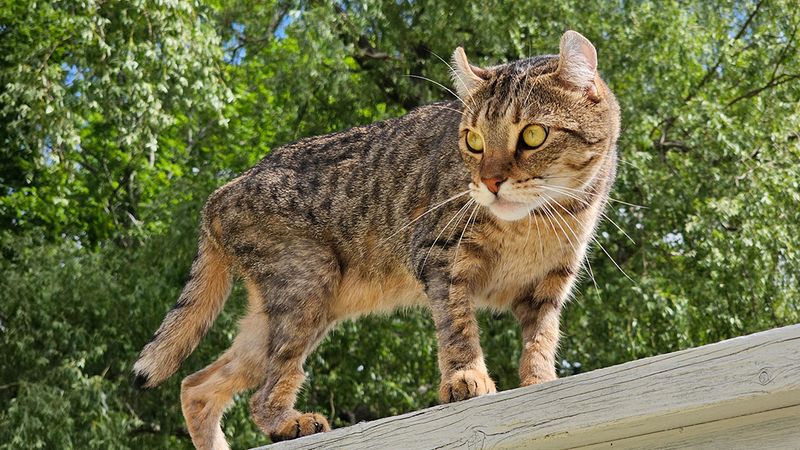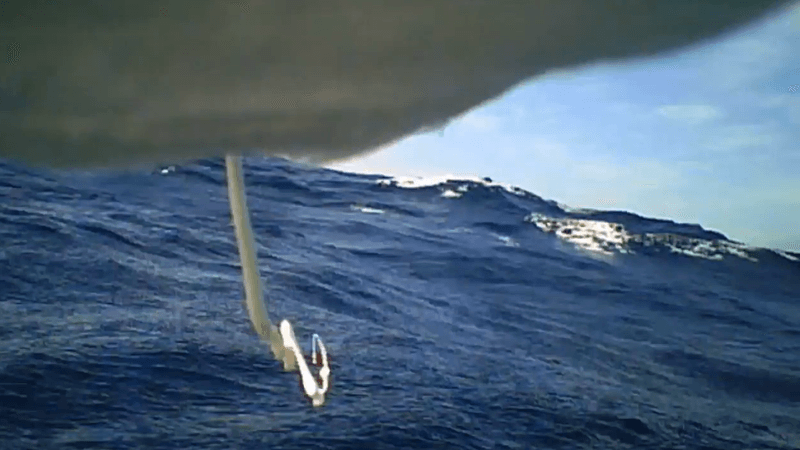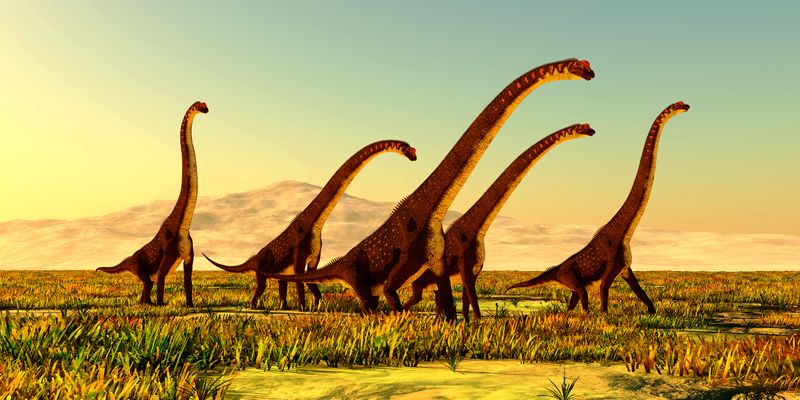Remnants of prehistoric mashed potato in Utah just like momma used to make (nearly 11,000 years ago) is the oldest evidence of potato-eating in the North America yet.
The rest of this article is behind a paywall. Please sign in or subscribe to access the full content.Archaeologists discovered starchy plant residues from potatoes in the cracks of a 10,900-year-old stone tool at a site in Escalante, Utah, an area once called the “Potato Valley” by European colonizers.
Their study, published this week in the journal Proceedings of the National Academy of Sciences, unearthed this wild potato species native to the southwestern United States called Solanum jamesii. Their research into this potato is helping archaeologists understand how hunters and gatherers at the time used to forage, eat, and live out their everyday life.
It’s known that many Native American tribes, including Apache, Navajo, Hopi, Kawaik, Southern Paiute, Tewa, Zia and Zuni, all ate the S. jamesii potato. Their recipe involved boiling the potatoes, mashing them into flour or yeast, and then mixing it with clay. Yum.
This new discovery suggests that humans might have been eating and cooking potatoes in the area longer than previously believed. It's also leading the researchers to rethink how the modern potato become domesticated.
"It's hard to persuade the general public to care about rare plants. But this one has a real history associated with native people, with pioneers, with folks living through the depression and with the residents in Escalante today," co-author Bruce Pavlik said in a statement. "Across the range, it really should be treated as an antiquity, in a sense."
With the help from the United States Department of Agriculture (USDA), they have gone on to trace more of its genetic history from the past few decades. They’re also hoping that DNA kept in the USDA’s potato gene bank could also show that the S. jamesii was also the first potato domesticated in the western US.
Nowadays, potatoes can be found on dinner plates across the world yet they can all be traced back to a single species, Solanum tuberosum, which was domesticated in South America just 7,000 years ago.
You can still find this wild S. jamesii species, a similar size to a new potato, growing in the southern states, particularly the highlands of New Mexico. The researchers want to promote the conservation of this potato by making it available for the local community in Utah to grow in their own gardens.
"This potato could be just as important as those we eat today not only in terms of a food plant from the past, but as a potential food source for the future," lead author Lisbeth Louderback added.
"The potato has become a forgotten part of Escalante's history. Our work is to help rediscover this heritage."



